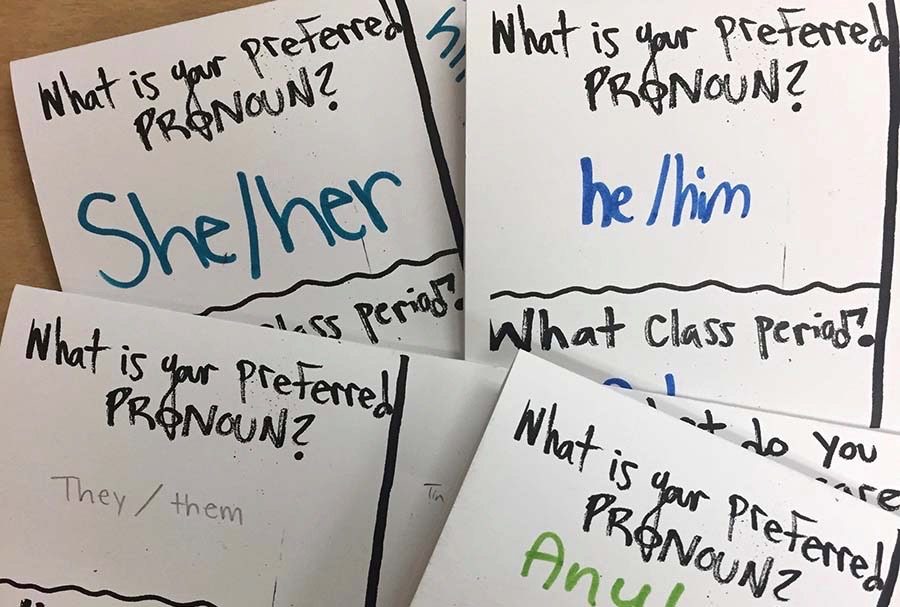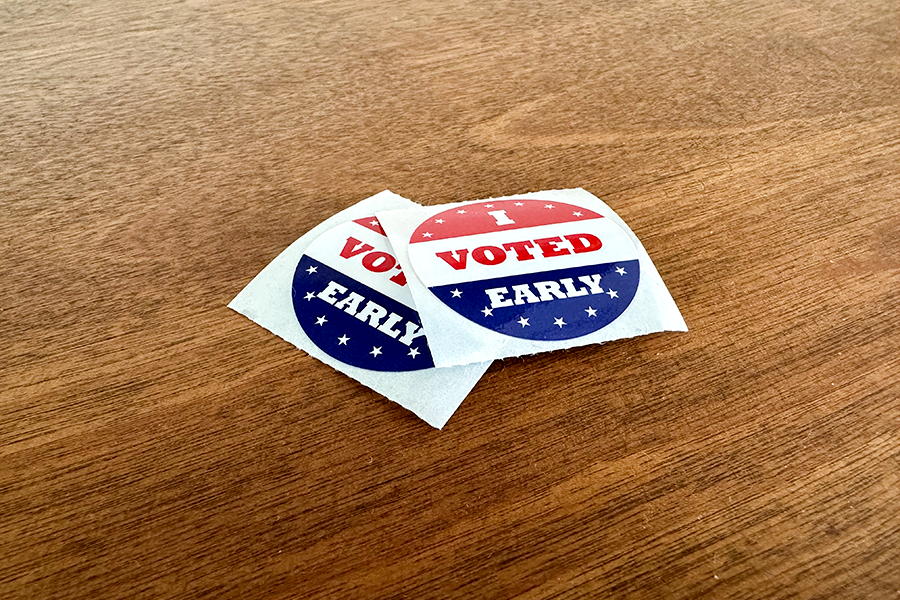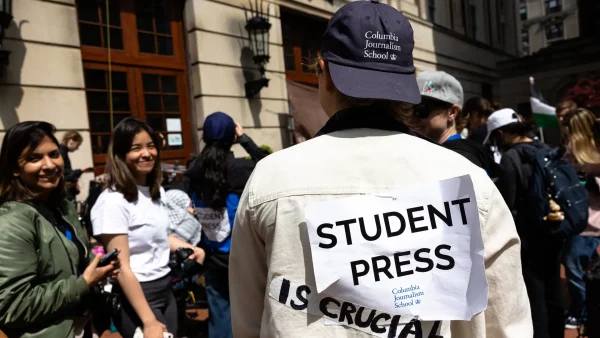To create true safe spaces, it takes more than you might think
One of the ways many teachers strive to create safe spaces is by asking students to share their pronouns at the beginning of the year. It is important to use proper pronouns to ensure that each student’s gender identity can be acknowledged and respected. However, more needs to be done at South to create spaces that students truly feel comfortable and safe in.
November 3, 2017
When it comes to classroom settings, the importance of establishing safe spaces for students is huge. In a safe space, people should never feel like they will be judged or harassed by their peers while talking about their identity or sharing personal experiences. “A safe space can be a place where people can learn to grow into their identity, or start to figure [it out] without fear of judgement,” said music teacher and GSA leader Sarah Minette.
At South, this idea is essential to our community. While an awareness around the importance of safe spaces exists here, the current efforts to establish safe spaces are not sufficient. “I feel [like] a lot of people aren’t against the idea of people feeling safe and accepted, [but they] just have a hard time enforcing that day to day,” explained freshman Izzy Spiess.
It’s not uncommon for teachers at South to ask for pronouns, put up safe space posters, and start the year discussing the importance of a respectful environment, but these efforts should be more extensive. “Teachers will say that their class is a safe space, but what are they doing to make it safe? What are they doing to make the class different than any other classes?” freshman Theodore Wilson said angrily.
To make students feel like teachers are actually striving to establish safe spaces, more open discussions should be initiated to help students to feel comfortable with speaking truthfully about their experiences. Both full class conversations and individual conversations about safe space are equally important. “I think when [teachers are] saying it’s a safe space but not really doing anything, that lacks comfort and communication. It means a lot and is important for teachers to check in with students one on one,” said junior Mickey Edwards.
Raising awareness among students about the importance of safe spaces is also critical. It seems like the biggest flaws in South’s environment are students who lack empathy towards one another and students who haven’t been educated about what a safe space means or why it’s important. “It’s hard for people to respect [safe spaces] if they don’t understand [them],” said sophomore Levi Rolfzen. Minimal education makes people numb to the fact that students’ actions can seriously affect the wellbeing of others.
For example, students sometimes use language that refers to LGBTQ+ students in an offensive way, and this is something that desperately needs to be changed.
Some students do try to speak up against unacceptable language, but oftentimes it’s not enough. “I know many LGBT+ people do their best to correct [any harmful language], but it shouldn’t just be our job,” said Spiess, who is completely right. It is not up to a few caring students to eliminate such a large-scale issue.
Teachers should feel more comfortable addressing these issues in order for them to be diminished. “I think teachers could work to correct harmful and bigoted language, especially in their classrooms,” said Spiess. This should be a priority, because any situation in which students don’t feel safe is a problem. “I’d like to get to a point where [instances of bullying] aren’t happening because people… know that this is a safe space for everyone,” said Vice Principal Michael Miller.
Safe spaces are often thought of in regards to gender and sexuality, but it is also important to consider what safe spaces may look like for people of color, especially since most teachers at South are white. “For myself, when I’m in a room or a setting with mostly white people, I feel out of place and like I’m not supposed to be there. I think that every other person of color could feel the same,” says junior Mickey Edwards. Edwards emphasized that teachers should connect with students of color in and outside of class to make sure they feel comfortable.
Teachers should also be open to learning and understanding things they don’t know from students. “It means so much when a teacher understands they have a lack of knowledge in something like this and talks to a student who feels comfortable explaining a definition or identity,” said Spiess.
Furthermore, it’s helpful for teachers to encourage student leadership. For example, Edwards shared that “when teachers have a discussion on race, they should let the students take over, especially if it’s a white teacher because they don’t really know the struggles that people of color have gone through.”
Despite the awareness and good intention that many teachers and students may have, not enough is being done to establish safe spaces at South. In order for staff to get to the understanding and helpful position needed to achieve true safe spaces, the teacher-to-student communication and student awareness about the importance of safe spaces need improvements.






